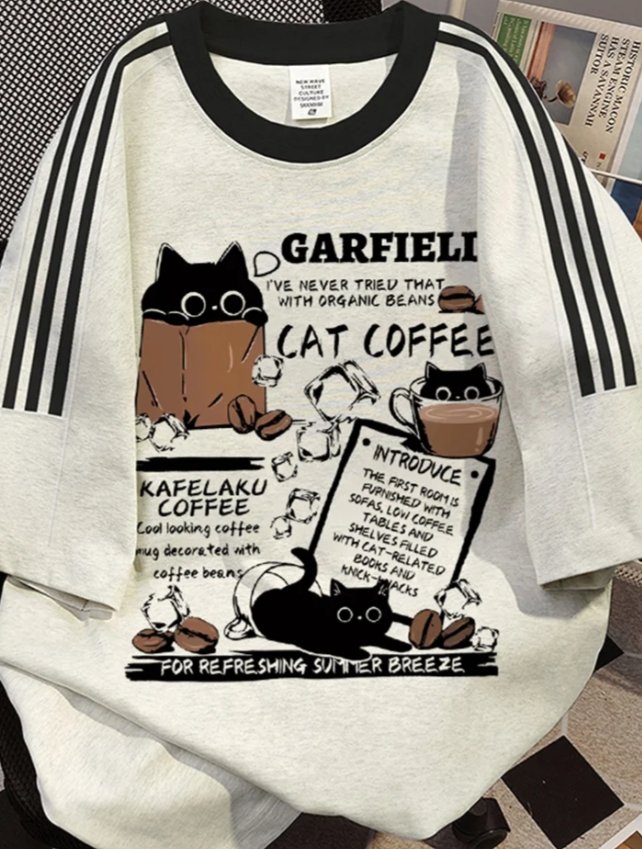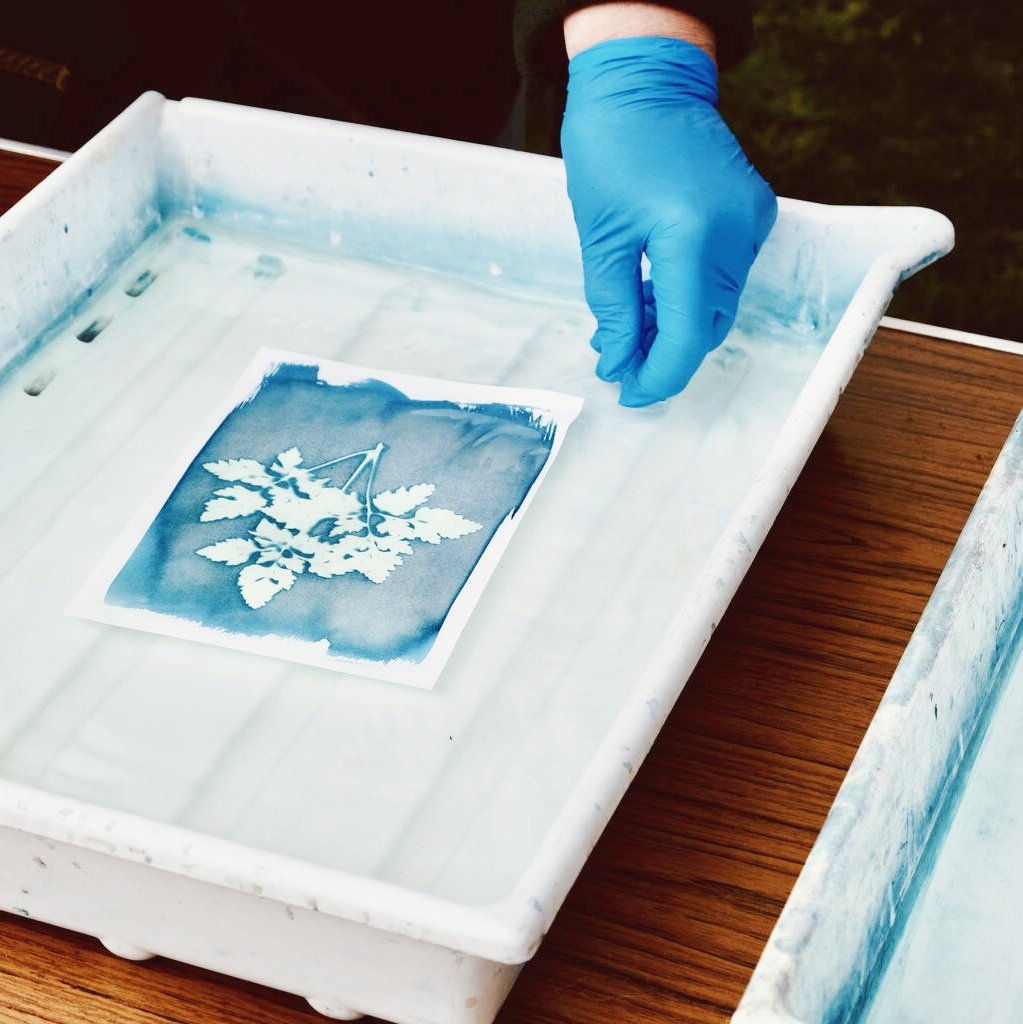When it comes to printing on fabrics, especially those made of nylon, durability and color retention are paramount. This is particularly true for plastisol inks, which are favored for their vibrant colors and ability to cover large areas evenly. Among the various shades available, off white plastisol ink stands out for its elegance and versatility. However, the question remains: how durable is off white plastisol ink after washing? To address this question comprehensively, we will explore the components, application processes, and washing durability of off white plastisol ink, along with its compatibility with nylon additives and other related topics.
Understanding Off White Plastisol Ink
Off white plastisol ink is a type of oil-based ink that combines pigments with a plasticizer and a resin. The result is a thick, paste-like substance that, when heated, transforms into a flexible and durable coating on the fabric. Off white plastisol ink’s popularity stems from its ability to provide a clean, elegant look that works well with various designs and patterns. Its slightly muted tone makes it versatile for use on a wide range of garments, from casual wear to high-end fashion items.
Components of Off White Plastisol Ink
- Pigments: Responsible for the color, which in this case, is an off-white hue.
- Plasticizer: Enhances flexibility and adhesion to the fabric.
- Resin: Provides the structural integrity and durability of the ink once it sets.
These components, along with additives like stabilizers and thickeners, contribute to the ink’s overall performance. Notably, the oil-based nature of off white plastisol ink ensures it resists fading and maintains its vibrancy over time.
Compatibility with Nylon Fabrics
Nylon is a synthetic fiber known for its durability, resilience, and ability to retain colors well. However, using the right ink formulation is crucial to achieving optimal results.
Nylon Additives for Plastisol Ink
When printing on nylon, incorporating specific additives into the off white plastisol ink can enhance its performance. These additives can improve adhesion, flexibility, and color retention. Some common nylon additives include:
- Adhesion promoters: Ensure the ink bonds securely to the nylon fibers.
- Flexibilizers: Maintain the ink’s flexibility, preventing cracking or peeling.
- UV stabilizers: Protect the ink from fading due to sun exposure.
By carefully selecting and incorporating these additives, off white plastisol ink can achieve superior durability and color retention on nylon fabrics.
Nylon Safe Plastisol Ink
Another crucial consideration is ensuring the ink is safe for nylon. This means the ink should not cause any chemical reactions or degradation of the fabric’s fibers. Off white plastisol ink formulated specifically for nylon ensures compatibility and maintains the fabric’s integrity, providing a high-quality finish that is both durable and visually appealing.
Application Techniques
The application process plays a significant role in determining the durability of off white plastisol ink after washing. Proper technique ensures even coverage, reduces waste, and enhances the ink’s ability to adhere to the fabric.
Screen Printing with Off White Plastisol Ink
Screen printing is a common method for applying off white plastisol ink to fabrics. It involves forcing the ink through a mesh screen with a stencil, creating the desired design. The process involves several steps:
- Pre-treatment: Preparing the fabric to accept the ink.
- Printing: Applying the off white plastisol ink using a screen printing press.
- Drying and Curing: Heating the fabric to dry and cure the ink, ensuring it bonds securely to the fibers.
Proper screen printing techniques ensure that off white plastisol ink adheres evenly and durably to the fabric, withstanding multiple washes without fading or cracking.
Additional Considerations
- Mesh Count: Choosing the right mesh count affects the ink’s deposit and coverage.
- Squeegee Pressure: Applying the correct amount of pressure ensures even ink deposit.
- Drying Temperature: Optimal drying and curing temperatures enhance the ink’s durability.
Durability After Washing
Now, let’s delve into the main question: how durable is off white plastisol ink after washing?
Washing Durability
The durability of off white plastisol ink after washing depends on several factors, including the quality of the ink, the fabric type, and the washing conditions. High-quality off white plastisol ink formulated for nylon can withstand numerous washes without significant fading or degradation.
- Ink Quality: Superior inks contain pigments and additives that resist fading and maintain color vibrancy.
- Fabric Type: Nylon’s resilience and compatibility with off white plastisol ink contribute to its durability.
- Washing Conditions: Using cold water and a gentle cycle extends the life of the ink and fabric. Avoiding harsh detergents and bleach further preserves the ink’s integrity.
Testing Durability
To determine the durability of off white plastisol ink after washing, manufacturers often conduct rigorous testing. This includes washing samples multiple times under various conditions and evaluating the ink’s color retention, adhesion, and overall appearance.
Alternative Ink Options: Ochre Plastisol Ink
While off white plastisol ink is a popular choice, there are alternative shades and formulations worth considering. Ochre plastisol ink, for instance, offers a warm, earthy tone that complements many designs. Like off white plastisol ink, ochre plastisol ink is durable and well-suited for printing on nylon fabrics.
However, when comparing the two, off white plastisol ink tends to be more versatile and widely used. Its clean, elegant look makes it a go-to choice for a variety of applications, from t-shirts to banners.
Conclusion
In summary, off white plastisol ink is a durable and versatile choice for printing on nylon fabrics. Its oil-based formulation ensures color retention and resistance to fading, even after multiple washes. By incorporating specific nylon additives and applying the ink using proper techniques, manufacturers can achieve high-quality prints that withstand the test of time. While alternative shades like ochre plastisol ink offer unique visual appeal, off white plastisol ink remains a standout choice for its elegance and wide range of applications.



